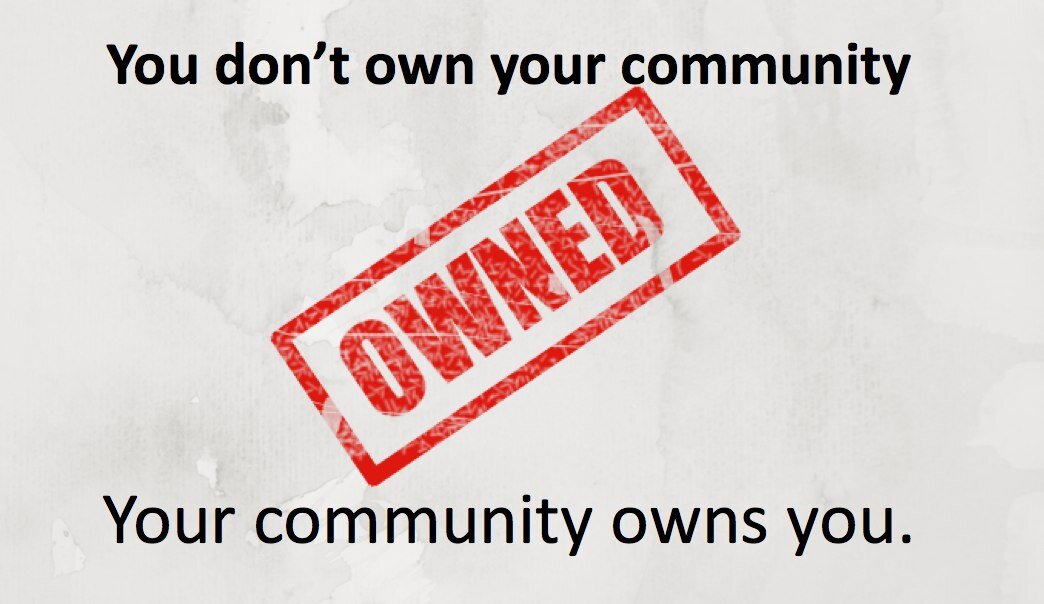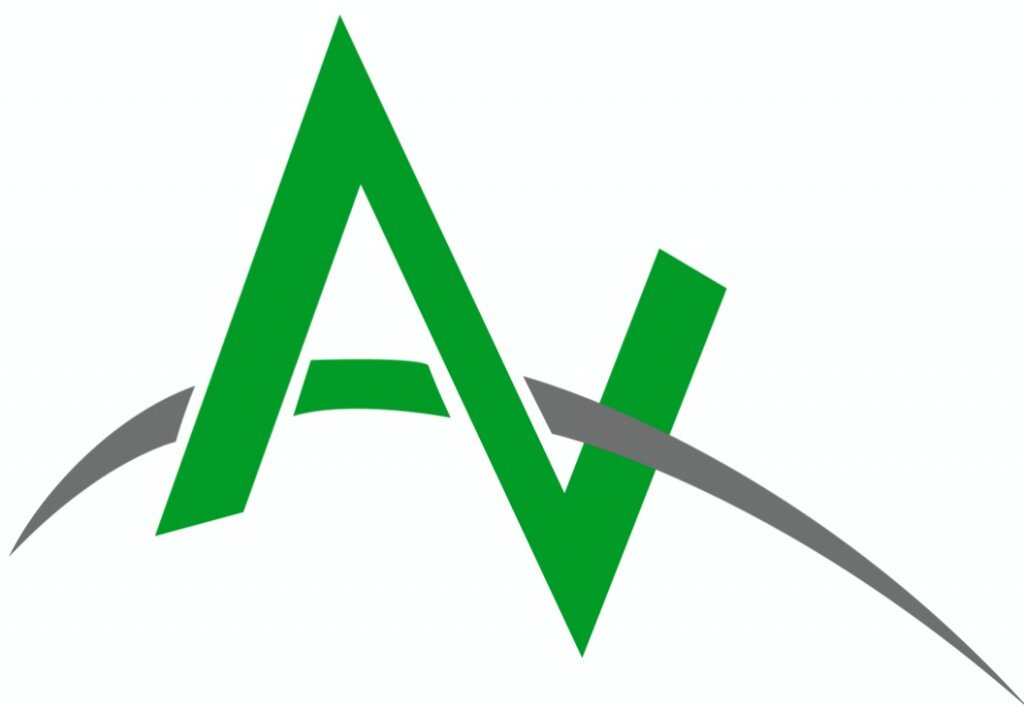Managing Your Social Community
 I used to love infomercials when I was in my teens and 20s. I never, ever bought anything from any of them, but I was utterly mesmerized by them.My favorites were Ronco infomercials - specifically, the spray-on hair (did anyone really fall for that?? I continue to be amazed) and the "SET IT AND FORGET IT" rotisserie ovens. I don't like to cook, you see, so the idea that even I could turn out this succulent roast or chicken simply by setting my rotisserie oven and then forgetting all about it (which I would do if I just put it in the regular oven anyway) was magical. Sometimes I think that life would be great if there were a big ol' "Set it and Forget it" button at certain times, but there isn't.That's especially true in how we handle online communities. If you just set up your talking points and go and do some other work or go home for the day, you're in for a rude awakening when something goes wrong and there's no one to respond.With this in mind, I put together a presentation for last month's SMX Social Media Marketing conference in Las Vegas. Yes, that was a big sacrifice for me, going to Las Vegas and seeing friends and hearing smart people talk about interesting topics. I had the pleasure of presenting between Luke Summerfield of SavvyPanda and Lisa Buyer of Social PR Secrets. Luke tackled the concept of what community actually is. Is it people who buy from us? Is it people who might want to buy from us? Is it people who've visited our site once? Is it people who follow us on social media? In fact, it's all of these and none of these.Luke cited excellent examples of cultivating community, from Red Bull, Nike and Hubspot, and offered a birds-eye view of how to manage that community. Creating two-way conversations. Challenging your community to contribute, sometimes for prizes, sometimes for recognition. Empowering your community by giving them a larger voice on your platforms. Hosting real-life events (yes! Make your social community more social by actually meeting some of them) and surprising your community with treats now and then to show you actually care that they're there.Then I came in to talk about how you really need to interact with your community and be a person with them. You can't, like we were supposed to be able to do with those rotisserie ovens, just set it and forget it.You don't own your community; your community owns you.You need to take baby steps to build a community that you want to own you, however. Research who they are and find out where they are. Be wherever it is they are. Talk to them, find out what they want to talk about.Don't try to do it all at once. You cannot build a huge community overnight. You can buy tens of thousands of followers overnight, but that's not a community. That's just a bunch of random accounts that may or may not even have real people behind them. And even if the are real people, they aren't necessarily the slightest bit interested in what you have to say.My best advice is to start slowly. Set weekly goals; maybe monthly goals. Then work your way up to daily goals. If you build your community slowly, they will be more invested in you and will help you grow. Eventually, it can grow exponentially with your early community members being your best ambassadors.I shared the story of the Corning Day of Glass videos, because of how they handled it with their community - who loved it. Corning recaptioned it into Chinese (two dialects), Japanese, and Spanish. They provided an uncaptioned version so fans could translate it into other languages. They gave up ownership, in a sense, of the video and in doing so, got far more views and buzz than they ever would have if they'd tried to clamp down on any "unofficial" use.After me came Lisa who looked at how to properly leverage your community for PR - particularly in times of crisis.Sometimes you have to pay to play - with Facebook ads, Twitter promoted posts - but always, you need to ensure the content of your advertising is high quality. She showed how adeptly Buffer communicated its recent hacking to its community and how the feedback from those community members was resoundingly positive.Bottom line: If you treat your community right; you'll reap the dividends.Links to Luke's and Lisa's decks are above. Here's mine:
I used to love infomercials when I was in my teens and 20s. I never, ever bought anything from any of them, but I was utterly mesmerized by them.My favorites were Ronco infomercials - specifically, the spray-on hair (did anyone really fall for that?? I continue to be amazed) and the "SET IT AND FORGET IT" rotisserie ovens. I don't like to cook, you see, so the idea that even I could turn out this succulent roast or chicken simply by setting my rotisserie oven and then forgetting all about it (which I would do if I just put it in the regular oven anyway) was magical. Sometimes I think that life would be great if there were a big ol' "Set it and Forget it" button at certain times, but there isn't.That's especially true in how we handle online communities. If you just set up your talking points and go and do some other work or go home for the day, you're in for a rude awakening when something goes wrong and there's no one to respond.With this in mind, I put together a presentation for last month's SMX Social Media Marketing conference in Las Vegas. Yes, that was a big sacrifice for me, going to Las Vegas and seeing friends and hearing smart people talk about interesting topics. I had the pleasure of presenting between Luke Summerfield of SavvyPanda and Lisa Buyer of Social PR Secrets. Luke tackled the concept of what community actually is. Is it people who buy from us? Is it people who might want to buy from us? Is it people who've visited our site once? Is it people who follow us on social media? In fact, it's all of these and none of these.Luke cited excellent examples of cultivating community, from Red Bull, Nike and Hubspot, and offered a birds-eye view of how to manage that community. Creating two-way conversations. Challenging your community to contribute, sometimes for prizes, sometimes for recognition. Empowering your community by giving them a larger voice on your platforms. Hosting real-life events (yes! Make your social community more social by actually meeting some of them) and surprising your community with treats now and then to show you actually care that they're there.Then I came in to talk about how you really need to interact with your community and be a person with them. You can't, like we were supposed to be able to do with those rotisserie ovens, just set it and forget it.You don't own your community; your community owns you.You need to take baby steps to build a community that you want to own you, however. Research who they are and find out where they are. Be wherever it is they are. Talk to them, find out what they want to talk about.Don't try to do it all at once. You cannot build a huge community overnight. You can buy tens of thousands of followers overnight, but that's not a community. That's just a bunch of random accounts that may or may not even have real people behind them. And even if the are real people, they aren't necessarily the slightest bit interested in what you have to say.My best advice is to start slowly. Set weekly goals; maybe monthly goals. Then work your way up to daily goals. If you build your community slowly, they will be more invested in you and will help you grow. Eventually, it can grow exponentially with your early community members being your best ambassadors.I shared the story of the Corning Day of Glass videos, because of how they handled it with their community - who loved it. Corning recaptioned it into Chinese (two dialects), Japanese, and Spanish. They provided an uncaptioned version so fans could translate it into other languages. They gave up ownership, in a sense, of the video and in doing so, got far more views and buzz than they ever would have if they'd tried to clamp down on any "unofficial" use.After me came Lisa who looked at how to properly leverage your community for PR - particularly in times of crisis.Sometimes you have to pay to play - with Facebook ads, Twitter promoted posts - but always, you need to ensure the content of your advertising is high quality. She showed how adeptly Buffer communicated its recent hacking to its community and how the feedback from those community members was resoundingly positive.Bottom line: If you treat your community right; you'll reap the dividends.Links to Luke's and Lisa's decks are above. Here's mine:
What are your favorite stories of community gone right (or wrong)?
